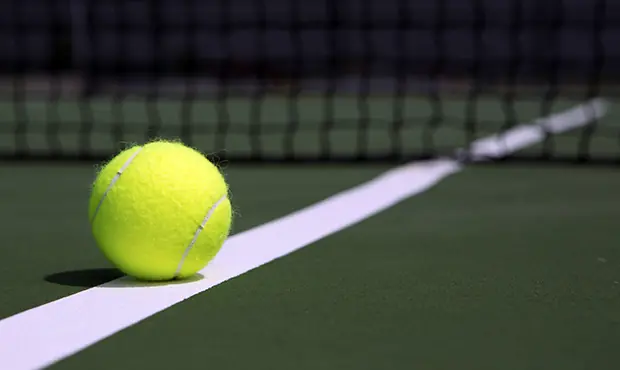
Serious tennis players often suffer from pain in the hips and knees, which limits their movement and can make each step a painful endeavor.
Arthritis, ligament injury or deterioration of joint cartilage can all be responsible for this pain, but the problem isn't always so serious. Referred pain from trigger points in the thigh muscles can be equally intense and even mistaken for a damaged joint.
If you're experiencing knee or hip pain, your first step should be to look for trigger points and eliminate them with self-myofascial release.
Foam Rolling Your IT Band
If you have tenderness in the illiotibial band, also known as the IT band, release the trigger points by rolling sideways on a foam roller. Be warned, this can be painful.
If the IT band remains tight, the problem could be your tensor fasciae latae (TFL) muscle and gluteus maximus.
TFL is a muscle on the side and top of your thigh, and the IT band is its thick tendon. The TFL helps bend the knee and hip; it raises the thigh up, rotates the leg inward and stabilizes the hips while walking and running.
An intense activity like tennis can easily overwork the TFL and cause a build-up of trigger points. Additionally, prolonged sitting and sleeping with your knees up keep the muscles shortened and support the trigger point build-up.
Pain from trigger points in TFL can be felt in the hip or down the leg. You might not feel pain all the time, but if your hips are stiff, trigger points can be easily activated any time you overwork the muscles.
Myofascial release will help to loosen up the TFL muscle and eliminate the trigger points.
Releasing the TFL Muscle with a Tennis Ball
Lie down on the side and place a tennis ball under your hip. The TFL muscle is often well developed in athletes and thick and as a result, which is why a hard tennis ball is necessary, since it can penetrate the thick tissue deeper. With the ball under your hip, start slowly rolling across the hip.Be warned, this can be extremely painful. Each time you find a tender trigger point, stop moving, and let the ball push into it, while relaxing and breathing deeply. When the pain dissipates, move to another spot and repeat until you thoroughly "clean" the entire hip area.
If you develop the habit of always looking for trigger points in your muscles and eliminating them before they lead to more serious problems, you'll be playing tennis pain-free for years to come.
Related Articles:
- How to Build a Strong Core for Tennis
- First vs Second Serve: What You Need to Know
- How to Control Your Emotions on Court
 Find more tennis tips.
Find more tennis tips.
About the Author





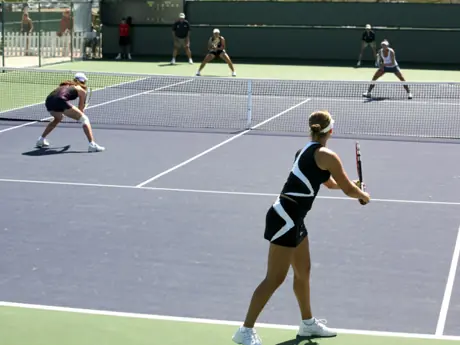
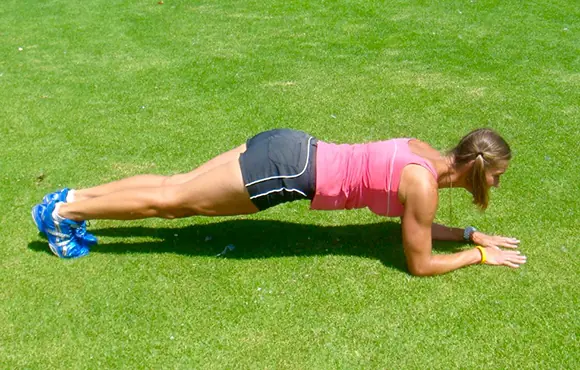
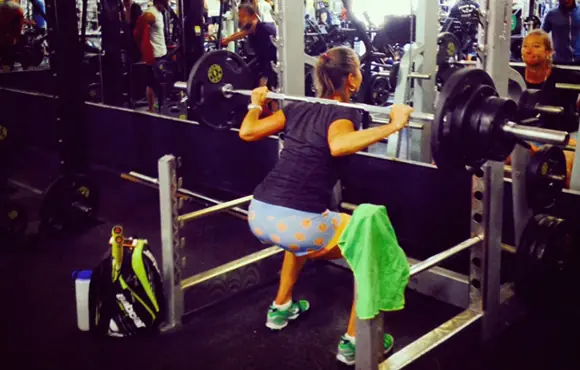

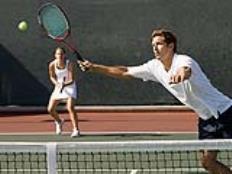
Discuss This Article